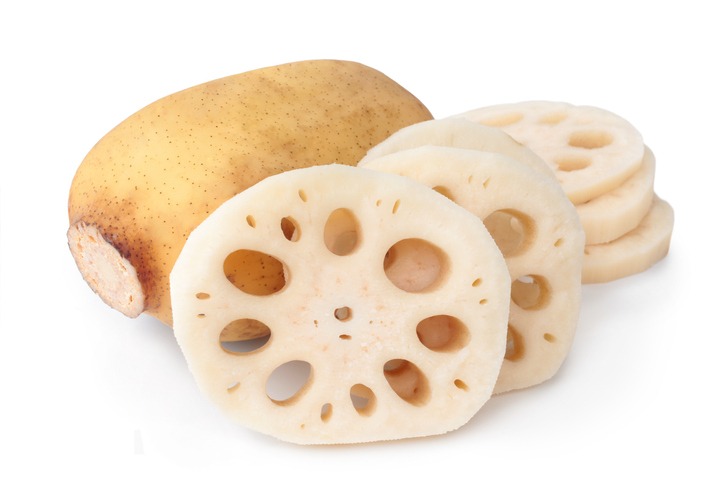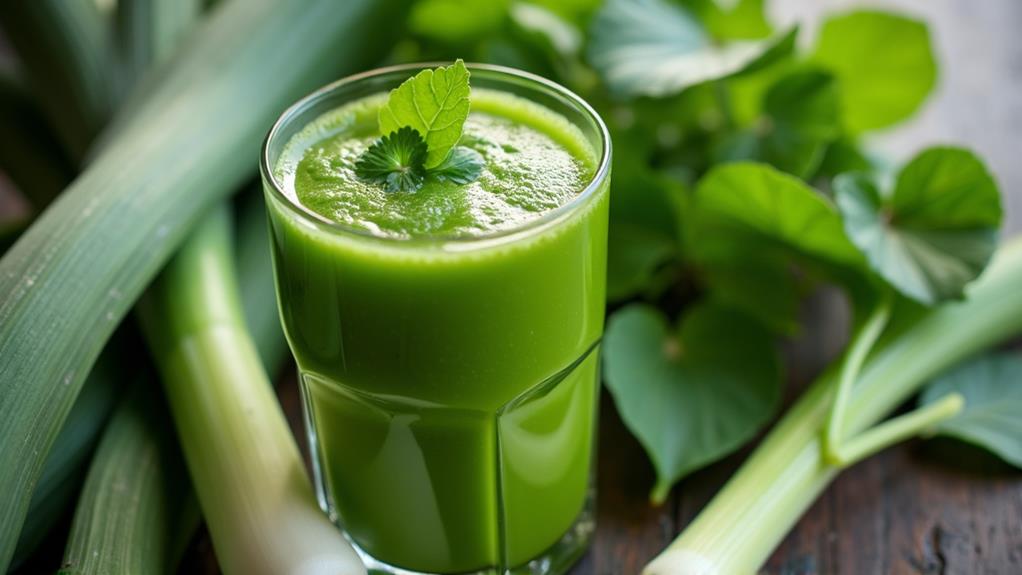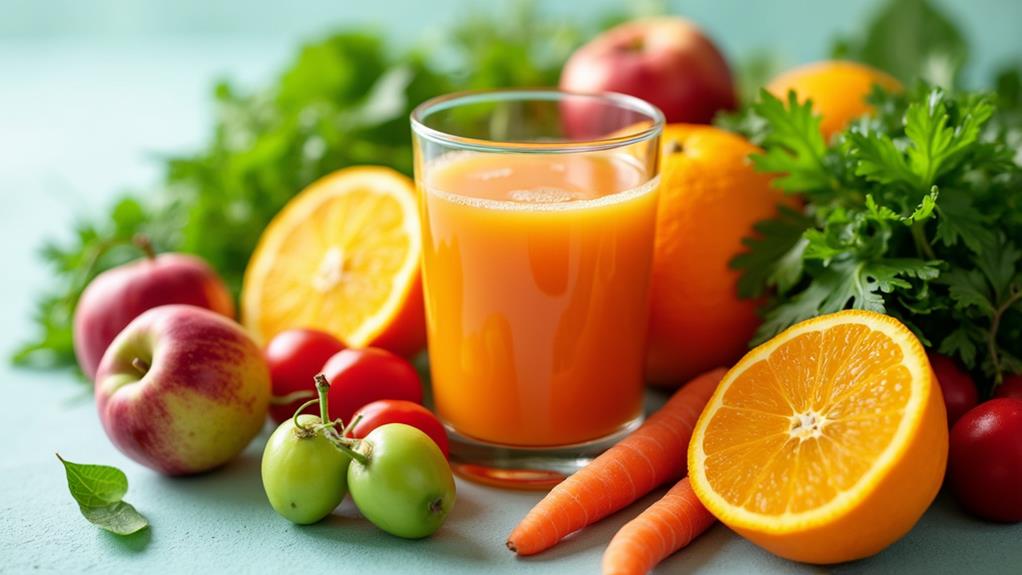Is There Fiber in Juice?
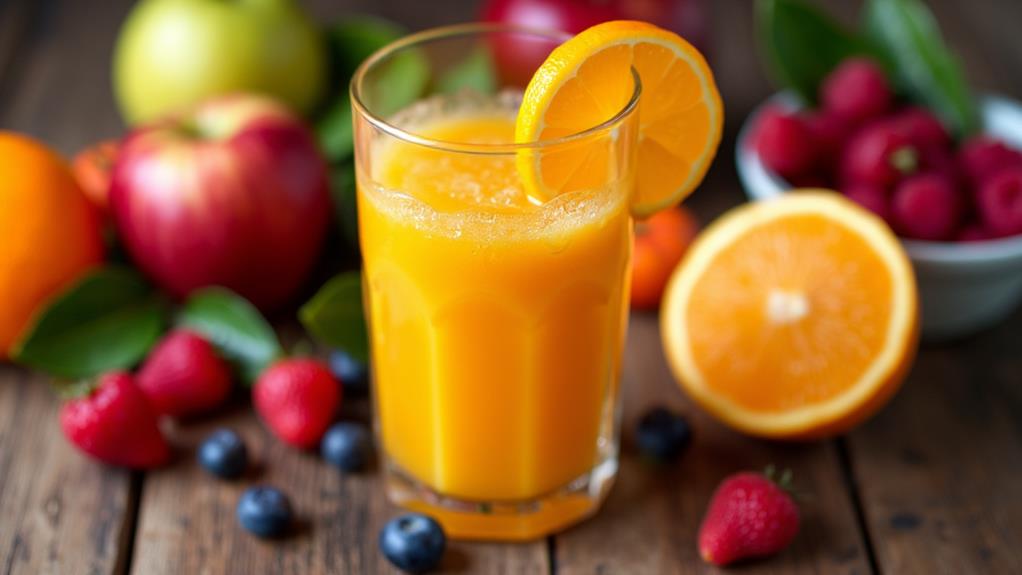
Have you ever wondered if the juice you drink contains any fiber? When you juice fruits and vegetables, most of the insoluble fiber is left behind with the pulp. This means you're missing out on a key component that aids digestion and promotes satiety. However, some soluble fiber might still be present in the juice. But is it enough to impact your diet significantly? As you consider the health implications of this fiber loss, keep in mind the various factors that could influence how you view your daily glass of juice.
Juicing Vs. Whole Foods
When choosing between juicing and whole foods for your diet, it's important to consider the impact on your overall health. Juicing fruits and vegetables removes most of the insoluble fiber, leaving only small amounts of soluble fiber. This reduction in fiber can affect digestion and satiety, as fiber is crucial for maintaining digestive health and preventing overeating.
In contrast, whole fruits and vegetables provide a full range of nutrients and fiber, essential for your body. They support better heart health and reduce the risk of chronic diseases. By consuming whole plant foods, you are more likely to meet your daily fiber needs, which are often lacking in the average diet.
Moreover, whole foods promote feelings of fullness more effectively than juiced forms, helping to prevent increased hunger and potential overeating. The nutritional benefits of consuming whole fruits and vegetables generally surpass those of juiced forms.
Ultimately, incorporating more whole fruits and vegetables into your diet ensures you receive the full spectrum of nutrients and health benefits, making it a smarter choice for maintaining optimal health.
Fiber Types in Fruits
You might not realize it, but fruits pack a powerful punch when it comes to fiber content. They contain both soluble and insoluble fiber, which are essential for digestive health and overall well-being. Soluble fiber in fruits forms a gel-like substance when mixed with water, helping to regulate blood sugar levels and lower LDL cholesterol.
Insoluble fiber, found in the skins and seeds of fruits, adds bulk to stool, promoting regular bowel movements and maintaining a healthy digestive system. Whole fruits are an excellent source of these fibers, contributing significantly to the recommended daily intake of 25-30 grams.
Consuming fresh juice often means missing out on the beneficial fiber content found in whole fruits. Including a variety of fruits in your diet ensures you receive these key nutrients, which help reduce the risk of chronic diseases such as heart disease and diabetes. So, next time you're choosing between whole fruits and fresh juice, remember the fiber-packed benefits of opting for the whole fruits.
Impact of Juicing on Fiber
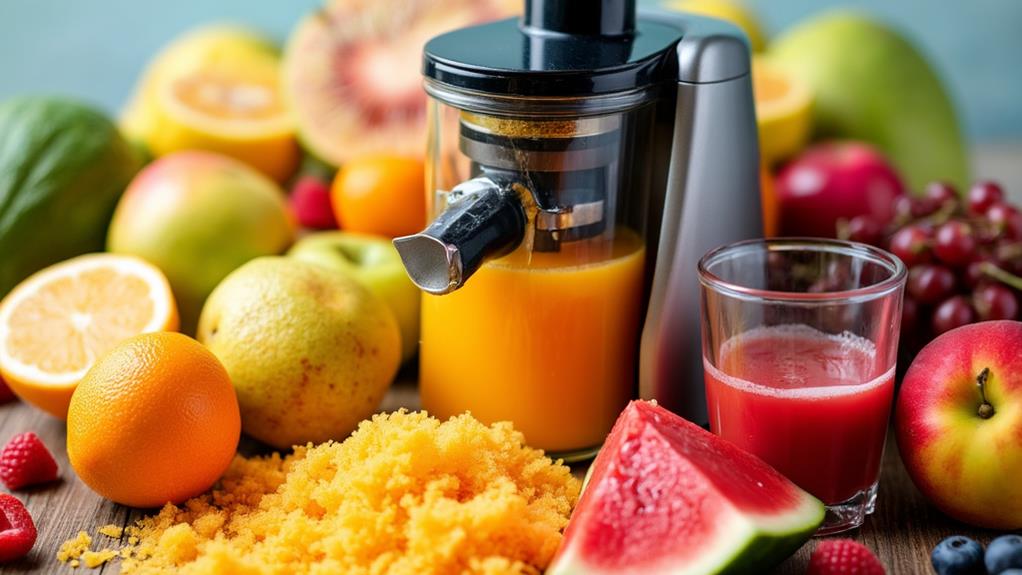
Choosing fresh juice over whole fruits might seem convenient, but it has a notable drawback: the loss of valuable fiber. Juicing primarily extracts the liquid content, leaving most of the insoluble fiber behind. This type of fiber is crucial for promoting regular bowel movements and enhancing satiety. Without it, you miss out on these significant health benefits.
Although juicing does retain some soluble fiber, it is insufficient to offer the full range of digestive benefits you get from consuming whole fruits and vegetables. Soluble fiber aids in nutrient absorption and blood sugar management, but its limited presence in juice means you're not receiving the complete nutritional package. The absence of insoluble fiber can lead to quicker sugar absorption, causing rapid spikes in blood sugar levels.
To maintain a healthy digestive system and reap the full spectrum of health benefits, it's essential to include whole fruits and vegetables in your diet. They provide a balanced fiber content—both soluble and insoluble—that your body needs. While juicing can be a tasty treat, it shouldn't replace the wholesome, fiber-rich foods that are vital for your health.
Health Implications of Fiber Loss
Opting for juice instead of whole fruits and vegetables can have considerable health consequences due to the significant loss of fiber. Juicing removes up to 90% of insoluble fiber, which is crucial for digestive health. This reduction in fiber content allows for faster absorption of sugars, leading to blood sugar spikes and increased hunger. The absence of fiber in juice can also result in digestive issues such as constipation and reduced feelings of fullness, which may encourage overeating.
Fiber plays an essential role in lowering cholesterol and reducing the risk of heart disease. Whole fruits and vegetables, rich in fiber, offer these health benefits, whereas juice lacks the same protective effects. Relying predominantly on juice for your fruit and vegetable intake over time can lead to nutritional deficiencies. The lack of fiber can have long-term adverse effects on your overall health.
Here's a comparison of what you gain and lose:
| Component | Whole Fruits & Vegetables | Juice |
|---|---|---|
| Fiber Content | High | Low |
| Digestive Health | Enhanced | Compromised |
| Satiety | Increased | Decreased |
| Sugar Absorption | Slow | Rapid |
| Health Risks | Lower | Higher |
Tips for Healthier Juicing

For healthier juicing, focus on balancing nutrition and flavor. Opt for vegetable-based juices over fruit juices to reduce sugar content and enhance nutrient density. While fresh fruits and vegetables are excellent, juicing removes fiber, which is important for digestion. To counter this, add chia seeds or psyllium husks to your juice to boost fiber intake and support digestive health.
Consume juice immediately after preparation to maximize nutrient intake and minimize bacterial growth. If immediate consumption isn't possible, choose pasteurized commercial juices to reduce the risk of foodborne illness.
When incorporating juicing into your diet, align your servings with the recommended portions of whole fruits and vegetables to avoid excessive calorie and sugar intake while still benefiting from the nutrients. Integrating juicing into your routine can help lower blood pressure and improve overall wellness, but ensure it is balanced with other healthy habits.

